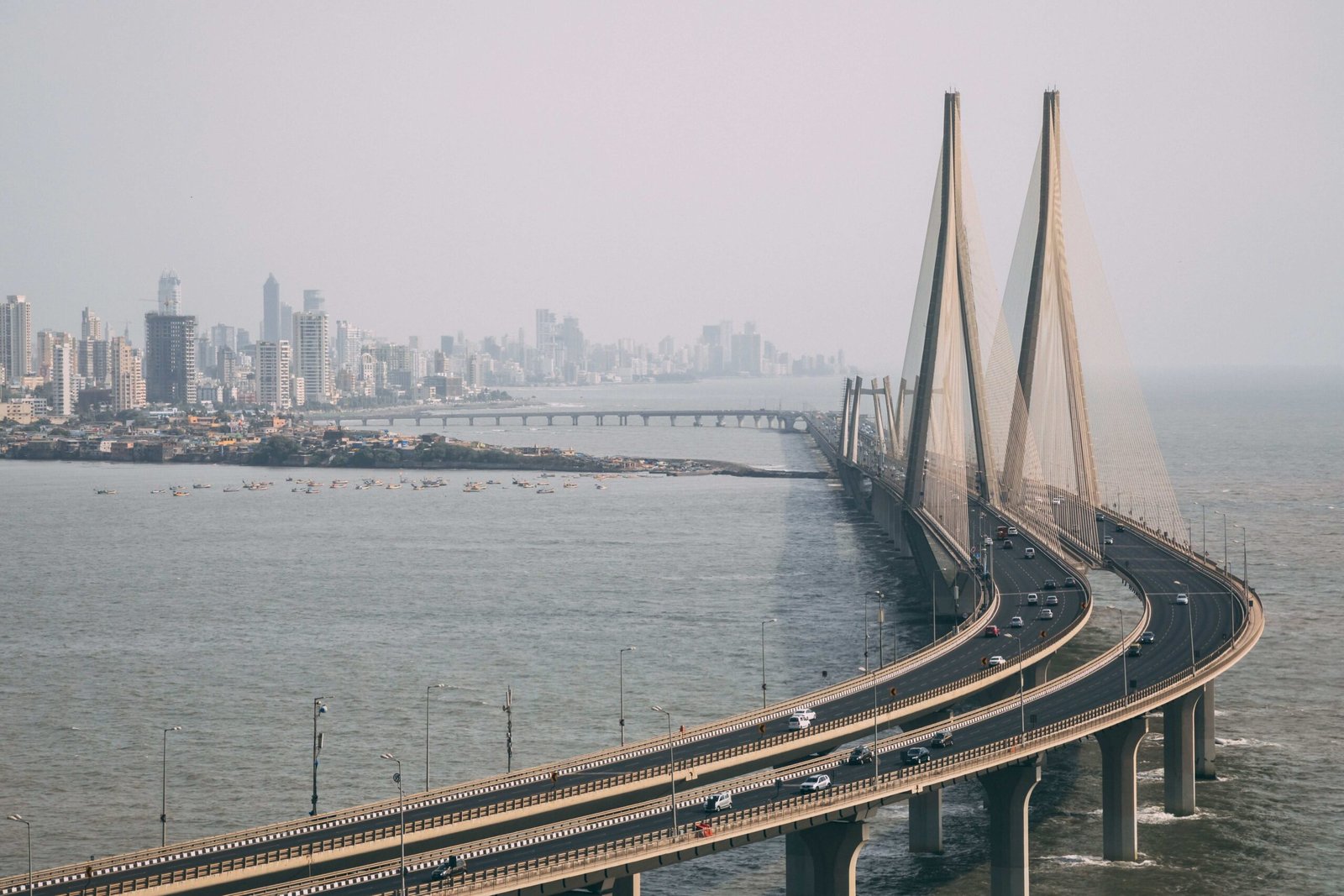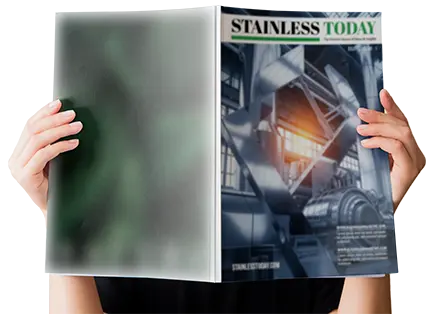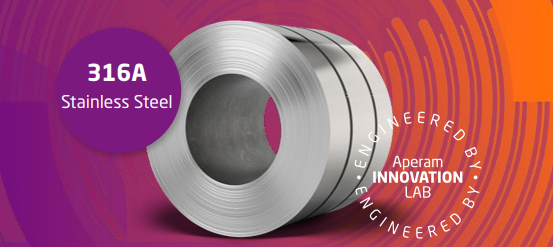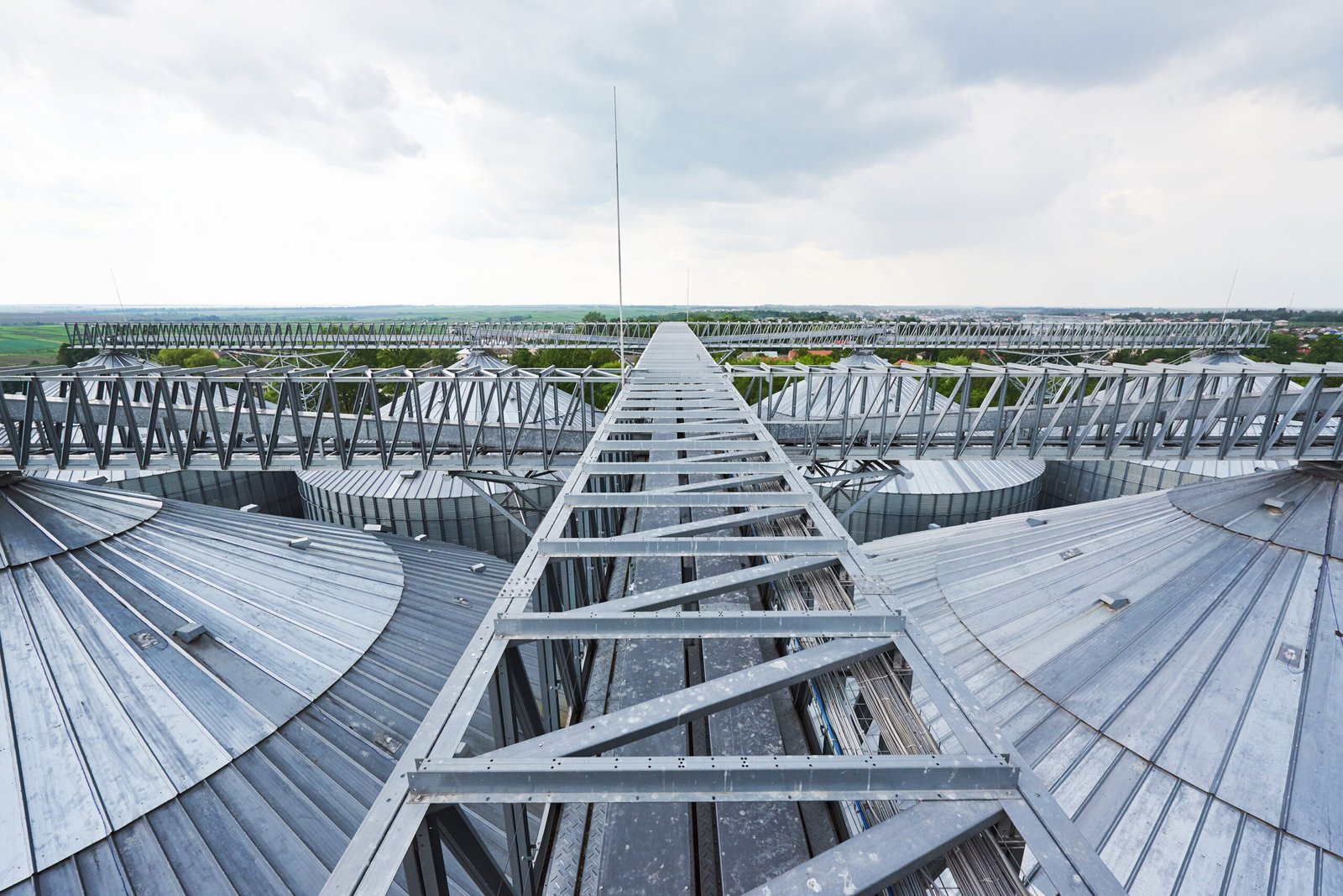5 advantages of stainless steel in the infrastructure of smart cities in India

Certain aspects of India’s infrastructure were in news recently, sadly for the wrong reasons. In the light of the bridge collapse, the ministry of road transport and highways issued an order for the use of high-tensile stainless steel in bridge construction contracts. This would be applicable to national highways and central projects near coastal regions prone. The departments that fall under the ambit of this mandate include the National Highways Authority of India, the National Highways and Infrastructure, Development Corporation of India, the Border Roads Organisation, and state public works departments.
Another reason why stainless steel in infrastructure was in news recently was the collapse of the statue of Chhatrapati Shivaji Maharaj in Maharashtra’s Sindhudurg district. In response to this incident, the union road transport and highways minister, Shri Nitin Gadkari had said that if stainless steel were used for the construction of, it would never have collapsed.
Securing the future
Given the rising importance of stainless steel as a material for construction of infrastructural projects, we need to understand how it is also the materials on which the smart cities of India are going to stand.
As India rapidly progresses toward creating smart cities, stainless steel is viewed as a key material in modern infrastructure. Known for its strength, durability and sustainability, stainless steel plays an integral role in transforming urban spaces into high-tech, eco-friendly and future-ready environments. Here are five advantages of stainless steel in the construction of smart cities in India.
Durability and low maintenance
One of the primary benefits of stainless steel in infrastructure is its longevity and resistance to corrosion. Smart cities require infrastructure that can withstand harsh weather conditions, pollution and constant use. Stainless steel’s corrosion-resistant properties make it ideal for use in areas like bridges, railings, facades and public spaces, where it provides long-term performance with minimal maintenance. Its resistance to rusting and tarnishing ensures that structures retain their aesthetic appeal, reducing the need for frequent repairs or replacements, which is essential for the cost-efficient management of urban environments.
Sustainability and eco-friendliness
Sustainability is a core aspect of smart city planning and stainless steel perfectly aligns with this goal. Stainless steel is 100 per cent recyclable, meaning it can be reused indefinitely without losing its quality or properties. As cities move towards sustainable practices, incorporating stainless steel reduces the demand for raw materials and decreases environmental waste. Moreover, stainless steel contributes to energy-efficient building designs by improving thermal performance, thus lowering energy consumption in buildings.
Smart and high-tech infrastructure integration
Stainless steel is a versatile material that seamlessly integrates with modern technology, making it perfect for high-tech infrastructure in smart cities. From intelligent transportation systems to sensor-equipped public facilities, stainless steel structures provide the stability needed for mounting and protecting advanced technological devices. For instance, stainless steel is commonly used in street furniture, bus stops and metro stations, where sensors and digital devices can be safely housed, ensuring the smooth operation of smart city services.
Aesthetic appeal in urban design
Modern city planners prioritise creating spaces that are not only functional but also visually appealing. Stainless steel’s sleek and modern look enhances the aesthetic appeal of urban landscapes. Its ability to reflect light and its smooth finish make it a popular choice for facades, public sculptures and contemporary buildings. As smart cities focus on improving the quality of life for their inhabitants, stainless steel helps create attractive public spaces that promote urban well-being.
Safety and strength for public infrastructure
Smart cities must be safe and secure for their citizens. Stainless steel provides the strength required for infrastructure that endures constant use, such as in public transportation systems, pedestrian walkways and safety barriers. Its high tensile strength and ability to withstand stress ensure that vital components like elevators, bridges and railway platforms remain structurally sound and safe for the public.
Stainless steel is a critical material in the construction of smart cities in India, offering durability, sustainability and aesthetic appeal. Its ability to integrate with advanced technologies and ensure safety further cements its place as a preferred choice for modern infrastructure. As India continues to build smart cities, stainless steel will remain an essential component in shaping sustainable, efficient and beautiful urban spaces.










